The journey from Tucumán to Córdoba was scheduled to take about eight hours but of course the bus was late and took longer than expected so we arrived late in the dark and by this time it was raining heavily.
We were surprised to find that The Locomotion Pop Hostel lacked any sign and that the door was locked. However, we were finally let in but were immediately a bit underwhelmed. We could take the wild psychedelic paintings that covered all the walls but we were pretty put off by the smoky atmosphere, the preponderance of grubby beanbags to sit on and the sense of a very untidy place. We were shown the kitchen and immediately decided to eat out a lot! The final straw came when we were taken to our room. This required us to ascend a narrow unlit spiral staircase onto the roof of the building (in the rain), cross the roof to the next house and then descend an outdoor staircase to some more rooms. It appeared that there was a more conventional entrance (although still via the street) but nobody knew where the key was. As it was so late, we decided to stay one night and use the WiFi (the only thing that appeared to be fully working) to book into another hotel for the next day. We spent a hot and stuffy night (our room had the slowest fan that we had ever known) with nagging fears of how we would get out in an emergency (being pretty sure the hostel wouldn't meet fire regulations!)
So we walked to our new hotel the next morning and quickly settled in. It is much more efficient (and expensive) and right by the main square. We had a really good feeling for the city during a quick walk around. Córdoba is Argentina’s second city with a number of universities and colleges, some dating back to Jesuit times. Many of the main buildings in and around the city are also of Jesuit origin and together have just been declared a Unesco World Heritage site. The city is obviously proud of its heritage and has really gone to town to present all the buildings well. It was clear that lots have been recently renovated with increasing amounts of pedestrian areas around them to avoid damage by road vehicles.
In addition, the city has just set up a system to illuminate all the buildings, particularly picking out details of walls, doors and windows. This gives a particularly magical effect late at night and gives everyone a really good excuse to stay up even later than they would normally!
Although work on the Iglesia Catedral started in 1577, progress was slow (taking nearly 200 years to complete) and the final lavish wall and ceiling paintings were done by the Córdoban artist Emelio Caraffa in the early 20th century.
The Jesuits established themselves in Córdoba in 1599 and immediately started building. Over the next 25 years they took over the work on the cathedral, put up a new church (Iglesia de la Compañía de Jesús) with an adjoining Capilla Doméstica
and established two universities. These buildings make a stunning group but close by and all around there are even more.
In 1628 the Iglesia Santa Teresa was built to serve the attached convent of barefoot Carmelite Nuns (even today still esconced behind the closed doors of a new section).
Meanwhile, a part of the old convent building has been converted to a museum of religious art surrounding a beautiful and calm courtyard that could persuade even a hardened atheist to consider taking holy orders.
The church is open to visitors but the only contact with the nuns is through a revolving cupboard that allows goods to change hands.
The Cabildo (Town council building) shares one side of the main square with the cathedral but was completed in 1785 so is therefore a bit of a newcomer to the city! It houses a Museum of the city which was open but in the throes of reorganisation so nothing was on display!
Not far away, an intriguing set of Jesuit crypts were rediscovered in 1989 when the telephone company came across them while laying new cables. Built in the early 1700s, the roofs were caved into the buildings in 1829 to make foundations for the new Avenida Colón. The city restored the spaces and makes use of them for music and art events (though there were none while we were there).
We walked out to the new town to visit an interesting art space called El Paseo de Buen Pastor, which was originally built as a rather grand women's prison. it now houses exhibitions and hosts shows and dances. Nearby is the snappily-named Iglesia Parroquia Sagrado Corazón de Jesús de los Capuchinos.
Built in the early 20th century it has lots of muticloured stonework and a host of carved stone details. Although lots of this is delightful, the multi-coloured stone bricks in places make it look a bit like a neo-gothic Lego building.
While walking there we came across another instance of a strange phenomenon we have noted before all over the place. Police stations don't seem to have yards where they can put vehicles, so any cars that have been impounded or taken as a result of crime or accident have to be parked in the streets outside. Don't suppose it helps the forensic people much if anyone can climb all over them and it doesn't do much for the streetscape.
There are a couple of significant galleries in the new town that, as a completely refreshing change from usual practice, actually open regularly and for reasonable lengths of time!
The modestly named Museo Superior de Bellas Artes Evita Palacio Ferreyra is a conversion of the 1916 house of a local surgeon and patron of the arts and now houses the provincial collection, mostly of paintings from 1911 to the present day. Although the conversion of the house has been radical in parts, the restored core of the buiding still remains and sits surprisingly well beside the new translucent three story walls and the staircase completely lined with black fur!
Close by, at the Museo Caraffa (named after the guy who painted the cathederal) the original tiny gallery has been expanded to several times its original size. Seven stunning brand new gallery spaces and state of the art storage have been added to the original two rooms. A series of temporary exhibitions filled all the rooms, with enough annotations (in Spanish) to make an enjoyable visit. We enjoyed some of the sculpture and particularly liked one of the shows, by Hugo Aveta; a series of manipulated video sequences and photo images dealing with the nature and persistance of memory.
What was sadly missing from both of these galleries was a café; no similar places in UK would dream of such an omission!
We decided to take break from our usual cultural trail because we noticed that the movie Avatar was being shown in English and in 3D. Those of you who know Jen well will know that she avoids any films that are science fiction, involve any special effects and/or have lots of chase and battle scenes. So it is remarkable that she went to see a film set in 2054 about blue humanoid extra-terrestials fighting an all out battle to save their planet! However, even J had to admit that the 3D effects were often really good and we practiced reading the Spanish subtitles that were hovering in midair over the audience.
While we were in the town we decided to visit nearby Alta Gracia. Not only is this small town famed for its Jesuit buildings but it was the childhood home of Ernesto "Che" Guevara.
As a 'bonus’ we discovered that the Spanish composer Manuel de Falla spent the last years of his life in the town. We really enjoyed visiting his house, which is now a small memorial to him. It is an understated and entirely liveable house and, with his music playing quietly in the background, had an air of peaceful tranquility.
We had already seen Che’s birthplace in Rosario although not much had been made of it. The Guevara family moved to Alta Gracia because it’s dry climate was though to be good for Che’s asthma.
Reading between the lines, Che’s father seems to have been a bit of a chancer and they moved around a lot. However, in his memoirs Che described Villa Nydia as his real childhood home. The town now owns the building and have filled the rooms with photos and stuff related to Che. They showed an interesting film, just a few years old, where childhood friends, teachers and the family cook talked about him without him coming out as a saint. A map shows the routes taken on his early journeys and there is an old Norton motor-bike like the one he used while writing the famous motorcycle diaries. Sometimes there is a sound and light show but of course we missed it.
The Jesuit estancia and workshops stand next to a church and a large dam with its associated irrigation waterways.
The whole thing is remarkably complete and gives greater insight into how life was organised in these communities. These buildings were not missions like the ones we have seen before but religious communities similar to monasteries.
After the expulsion of the Jesuits, the buildings were taken over by noblemen and the farming and allied crafts continued. The main rooms house a collection of furniture and religious artefacts to show life at different stages in the buidings’ history (including a period as a Masonic Hall). The workshops show the sorts of equipment used to construct and maintain the buildings and shelters.
Like Birmingham but better!
Sunday, January 10, 2010
 Córdoba, Córdoba, Argentina
Córdoba, Córdoba, Argentina
Other Entries
-
58Hot News! Uruguay election results!
Dec 0140 days prior Buenos Aires, Argentinaphoto_camera1videocam 0comment 0
Buenos Aires, Argentinaphoto_camera1videocam 0comment 0 -
59What makes Rosario such a good place to live?
Dec 0338 days prior Rosario, Argentinaphoto_camera60videocam 0comment 8
Rosario, Argentinaphoto_camera60videocam 0comment 8 -
60Mercedes; final resting place of Gauchito Gil
Dec 0635 days prior Mercedes, Argentinaphoto_camera33videocam 1comment 0
Mercedes, Argentinaphoto_camera33videocam 1comment 0 -
61Pellegrini; floating islands, crocs and big rats!
Dec 0833 days prior Colonia Carlos Pellegrini, Argentinaphoto_camera73videocam 0comment 2
Colonia Carlos Pellegrini, Argentinaphoto_camera73videocam 0comment 2 -
62Your mission, if you choose to accept it...
Dec 1130 days prior San Ignacio, Argentinaphoto_camera37videocam 1comment 1
San Ignacio, Argentinaphoto_camera37videocam 1comment 1 -
63Iguazu falls: so that's where all the rain went!
Dec 1526 days prior Puerto Iguazú, Argentinaphoto_camera47videocam 2comment 1
Puerto Iguazú, Argentinaphoto_camera47videocam 2comment 1 -
64Out of Iguazu with a bang; on to Ciudad del Este
Dec 1625 days prior Ciudad del Este, Paraguayphoto_camera10videocam 0comment 1
Ciudad del Este, Paraguayphoto_camera10videocam 0comment 1 -
65Encarnación - and we manage to see Jesús!
Dec 1823 days prior Encarnación, Paraguayphoto_camera55videocam 0comment 2
Encarnación, Paraguayphoto_camera55videocam 0comment 2 -
66Asunción; we're travellers, get us out of here!
Dec 2021 days prior Asuncion, Paraguayphoto_camera11videocam 0comment 2
Asuncion, Paraguayphoto_camera11videocam 0comment 2 -
67Xmas greetings!
Dec 2120 days prior Resistencia, Argentinaphoto_camera1videocam 0comment 7
Resistencia, Argentinaphoto_camera1videocam 0comment 7 -
68Resistencia: city of sculpture
Dec 2219 days prior Resistencia, Argentinaphoto_camera41videocam 0comment 0
Resistencia, Argentinaphoto_camera41videocam 0comment 0 -
69Our 'current' location
Dec 2318 days prior Corrientes, Argentinaphoto_camera24videocam 0comment 1
Corrientes, Argentinaphoto_camera24videocam 0comment 1 -
70Salta: our first sight of the Andes and our Xmas!
Dec 2516 days prior Salta, Argentinaphoto_camera35videocam 3comment 3
Salta, Argentinaphoto_camera35videocam 3comment 3 -
71Multicoloured mountains and angels with guns!
Dec 2714 days prior Humahuaca, Argentinaphoto_camera53videocam 0comment 1
Humahuaca, Argentinaphoto_camera53videocam 0comment 1 -
72Following the Train To The Clouds
Dec 2912 days prior San Antonio de los Cobres, Argentinaphoto_camera81videocam 0comment 0
San Antonio de los Cobres, Argentinaphoto_camera81videocam 0comment 0 -
73Cafayate; days of wine, icecream and waterways
Jan 028 days prior Cafayate, Argentinaphoto_camera42videocam 0comment 3
Cafayate, Argentinaphoto_camera42videocam 0comment 3 -
74Tucumán; chilling out and getting heated!
Jan 055 days prior San Miguel de Tucumán, Argentinaphoto_camera26videocam 0comment 1
San Miguel de Tucumán, Argentinaphoto_camera26videocam 0comment 1 -
75Like Birmingham but better!
Jan 10 Córdoba, Argentinaphoto_camera64videocam 0comment 2
Córdoba, Argentinaphoto_camera64videocam 0comment 2 -
76Wines, Bikes, Barnsley and Bernard O'Higgins
Jan 166 days later Mendoza, Argentinaphoto_camera45videocam 1comment 1
Mendoza, Argentinaphoto_camera45videocam 1comment 1 -
77Over the Andes to Santiago
Jan 2313 days later Santiago, Chilephoto_camera95videocam 0comment 8
Santiago, Chilephoto_camera95videocam 0comment 8 -
78Carnival Time in Paradise Valley!
Jan 2717 days later Valparaíso, Chilephoto_camera89videocam 0comment 6
Valparaíso, Chilephoto_camera89videocam 0comment 6 -
79City of churches, craft stalls and penguins!
Jan 3121 days later La Serena, Chilephoto_camera55videocam 1comment 1
La Serena, Chilephoto_camera55videocam 1comment 1 -
80More Marys than you can shake a skull stick at.
Feb 0627 days later San Pedro de Atacama, Chilephoto_camera91videocam 3comment 1
San Pedro de Atacama, Chilephoto_camera91videocam 3comment 1 -
81Mountains, lakes, salt plains & altitude sickness
Feb 0829 days later Uyuni, Boliviaphoto_camera82videocam 1comment 5
Uyuni, Boliviaphoto_camera82videocam 1comment 5 -
82Dead people, dead trains and dead electrics!
Feb 1031 days later Uyuni, Boliviaphoto_camera30videocam 0comment 3
Uyuni, Boliviaphoto_camera30videocam 0comment 3 -
83Let the festivities begin (but not in the convent)
Feb 1334 days later Potosi, Boliviaphoto_camera78videocam 0comment 0
Potosi, Boliviaphoto_camera78videocam 0comment 0 -
84No sugar but lots of water and... dinosaurs!
Feb 1940 days later Sucre, Boliviaphoto_camera61videocam 0comment 5
Sucre, Boliviaphoto_camera61videocam 0comment 5 -
85Possibly the highest capital city in the world...
Feb 2344 days later La Paz, Boliviaphoto_camera89videocam 1comment 4
La Paz, Boliviaphoto_camera89videocam 1comment 4 -
86Shining Lake Titicaca (when it isn't raining).
Feb 2647 days later Copacabana, Boliviaphoto_camera47videocam 1comment 2
Copacabana, Boliviaphoto_camera47videocam 1comment 2 -
87Despite the name, it's not always sunny here!
Feb 2849 days later Isla del Sol, Boliviaphoto_camera51videocam 0comment 0
Isla del Sol, Boliviaphoto_camera51videocam 0comment 0 -
88Incas, Pre-incas and a load of willies.
Mar 0554 days later Puno, Peruphoto_camera113videocam 0comment 0
Puno, Peruphoto_camera113videocam 0comment 0 -
89Road blocks, demos and a scenic journey to Cusco
Mar 0655 days later Cusco, Peruphoto_camera76videocam 0comment 5
Cusco, Peruphoto_camera76videocam 0comment 5 -
90Touring the Sacred Valley
Mar 0756 days later Ollantaytambo, Peruphoto_camera50videocam 0comment 8
Ollantaytambo, Peruphoto_camera50videocam 0comment 8 -
91Visiting the Inca sites around the city.
Mar 0958 days later Cusco, Peruphoto_camera46videocam 0comment 3
Cusco, Peruphoto_camera46videocam 0comment 3 -
92The White City
Mar 1665 days later Arequipa, Peruphoto_camera92videocam 0comment 2
Arequipa, Peruphoto_camera92videocam 0comment 2 -
93Strange markings at Dead Bull!
Mar 2372 days later Toro Muerto, Peruphoto_camera32videocam 0comment 0
Toro Muerto, Peruphoto_camera32videocam 0comment 0
Comments
2025-05-22
Comment code: Ask author if the code is blank

 Córdoba, Córdoba, Argentina
Córdoba, Córdoba, Argentina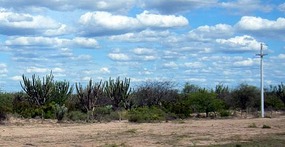
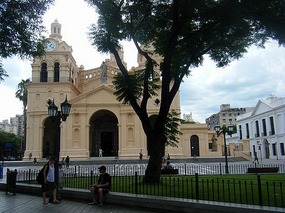
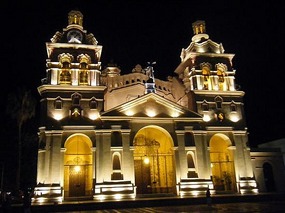
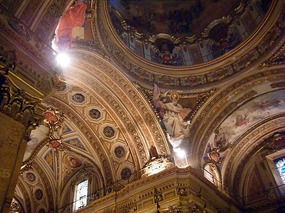
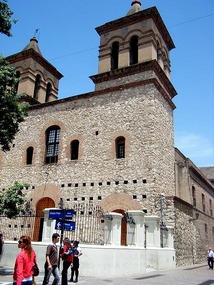
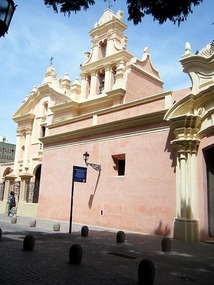
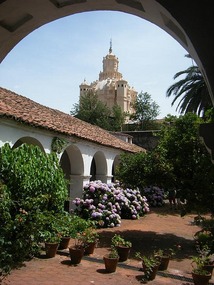
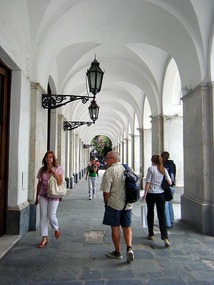
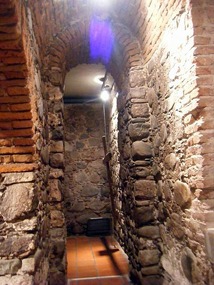
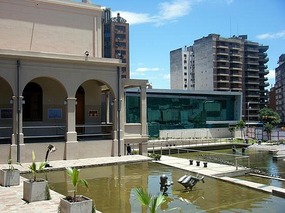
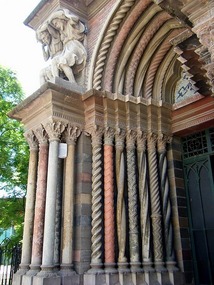
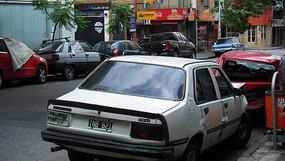
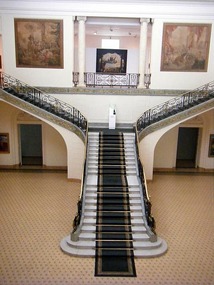
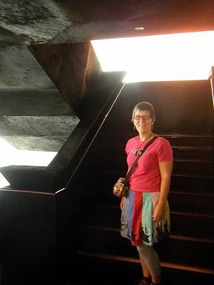

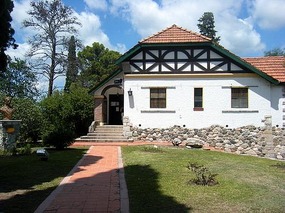
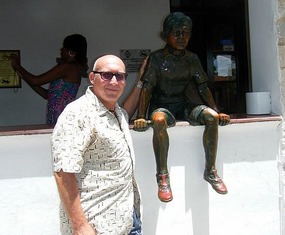

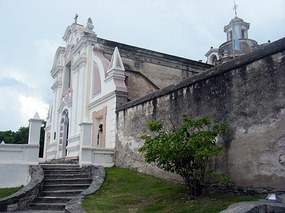





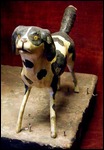
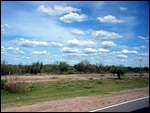
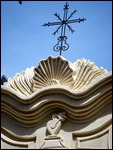
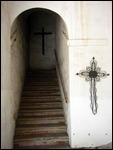
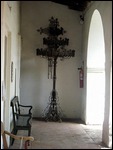
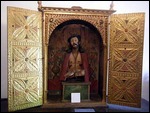
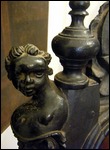
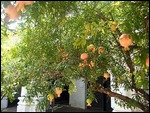
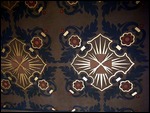
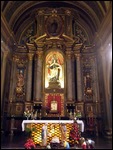
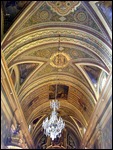
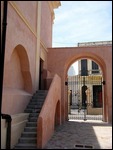

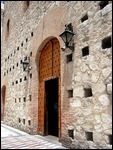
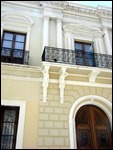
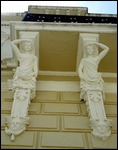
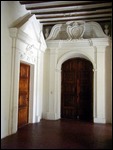
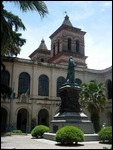

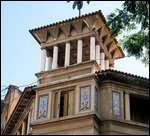
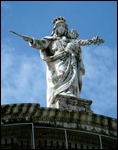
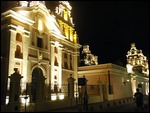
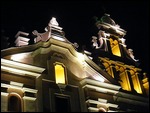
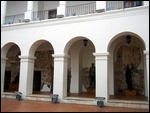
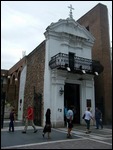
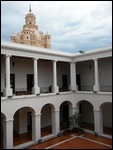
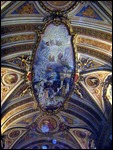
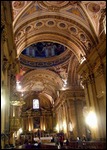
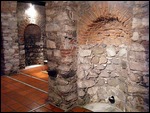
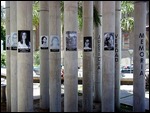
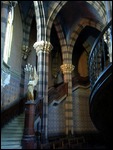
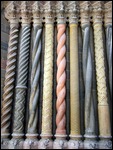

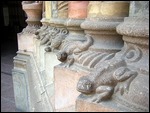

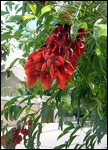
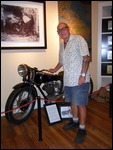

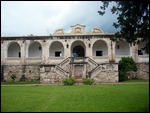
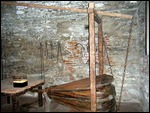
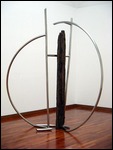
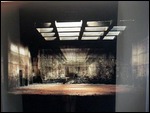
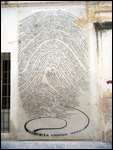
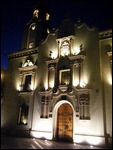
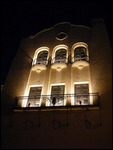
pawongle
2010-01-13
A lovely entry and a lovely place. I don't know how to say it in Espanol...
Nor how to read cards...but a Merry festive season and a prosperous new year to you both all the same...!
laylapainter
2010-01-13
It all looks beautiful - but I am sorry to say I am most excited about the fact that we went to see Avatar in 3D last weekend too so we may have been having an international cinematic experience! Glad you're still having such a lovely time x